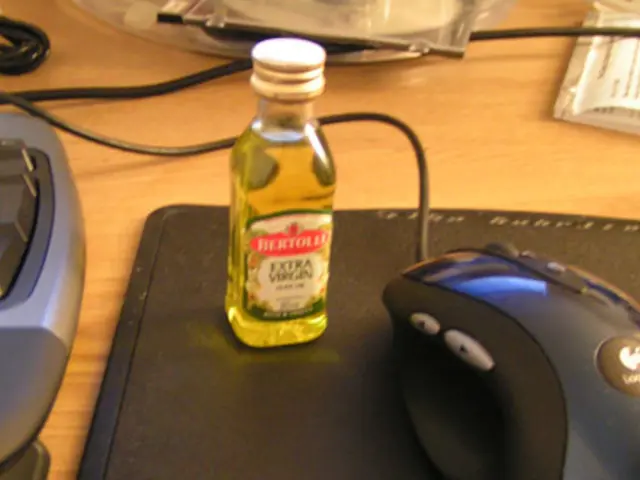Strategies for Successfully Managing Bipolar Disorder: Explore 5 Key Strategies
In the United States, approximately 7 million adults grapple with bipolar disorder, a mental health condition marked by episodes of mania and depression. This article aims to provide valuable insights and resources for those affected by the condition.
Bipolar I disorder is characterized by at least 7 days of mania symptoms and episodes of depression lasting at least 2 weeks. Symptoms of a manic phase can include being very talkative, experiencing racing thoughts, having an increased sex drive, and a decreased need for sleep. Psychosis symptoms, such as delusions or grandiose ideas, hallucinations, and incoherent thoughts, may also occur. During a depressive episode, symptoms may include feelings of sadness, lethargy, and fatigue, trouble concentrating, and a lack of interest in activities once enjoyed.
There are three types of bipolar disorder: Bipolar I, Bipolar II, and Cyclothymic disorder (cyclothymia). Bipolar II disorder involves hypomania and episodes of depression, while Cyclothymic disorder involves episodes of depression and hypomania.
It's crucial to remember that you are not a burden and you are not alone. A strong support system is essential for those with bipolar disorder. Reaching out to a mental health professional is vital if you suspect you might have bipolar disorder or if your mental health is affecting your life.
Developing a routine can help manage mental health. This includes going to sleep and waking up at the same time each day, eating at the same times, working out, reaching out to someone daily, and maintaining a routine during manic or depressive episodes.
Keeping track of symptoms can help identify future manic or depressive episodes and potential triggers. This can be done through maintaining a daily log of relationships, eating habits, energy levels, general mood, sleep patterns, ability to concentrate, anxiety or stress levels, and more.
Finding the right treatment plan for bipolar disorder can involve educating oneself, talking to a knowledgeable professional, being patient, keeping the doctor informed, taking medications as prescribed, pursuing therapy, and finding a therapist with expertise in bipolar disorder.
For those seeking resources, there are several free options available. These include the National Institute of Mental Health, Substance Abuse and Mental Health Services Administration, Depression and Bipolar Support Alliance, and National Alliance on Mental Illness.
Lastly, managing stress, a common trigger for symptoms in those with bipolar disorder, can involve knowing one's limits, setting boundaries, trying relaxation techniques, prioritizing fun, and talking it out. Ways to meet new people include taking a class, joining a club, reaching out to an old friend, or volunteering.
Remember, there are numerous resources and tools available to help manage bipolar disorder. Five popular mood-tracker apps include MoodLog for Android, eMoods for iOS or Android, Daylio Journal for iOS or Android, CBT Thought Diary for iOS or Android, and Moodtrack Social Diary for iOS or Android.
Stay informed, stay connected, and most importantly, take care of yourself.
Read also:
- Inadequate supply of accessible housing overlooks London's disabled community
- Strange discovery in EU: Rabbits found with unusual appendages resembling tentacles on their heads
- Duration of a Travelling Blood Clot: Time Scale Explained
- Fainting versus Seizures: Overlaps, Distinctions, and Proper Responses






